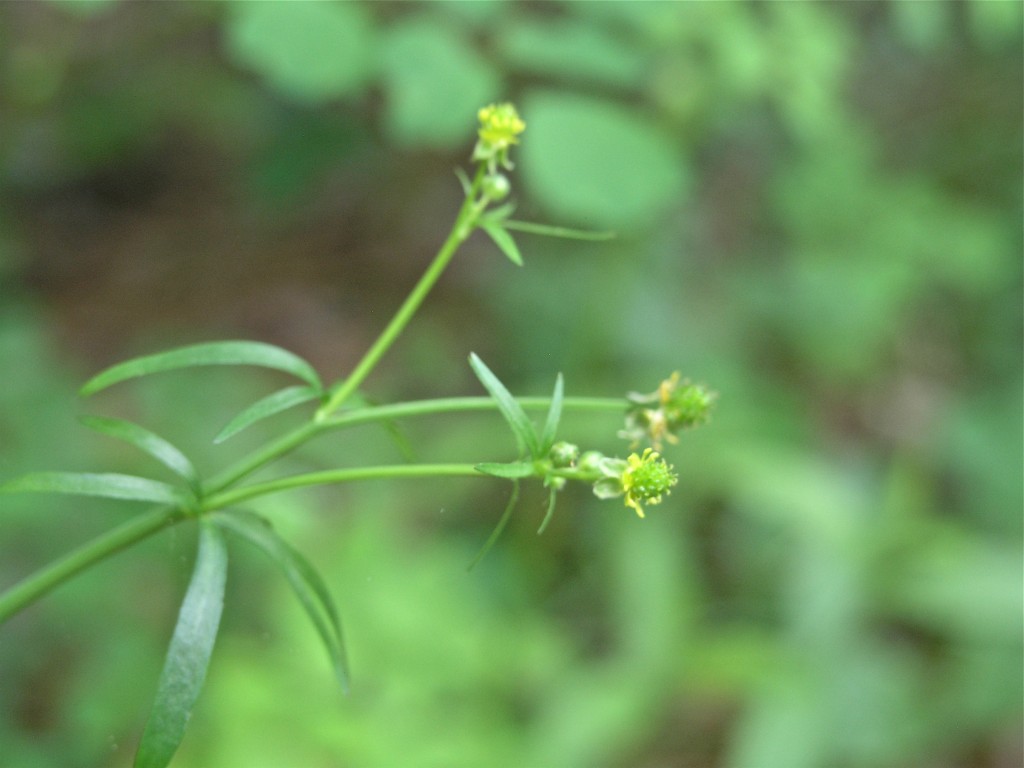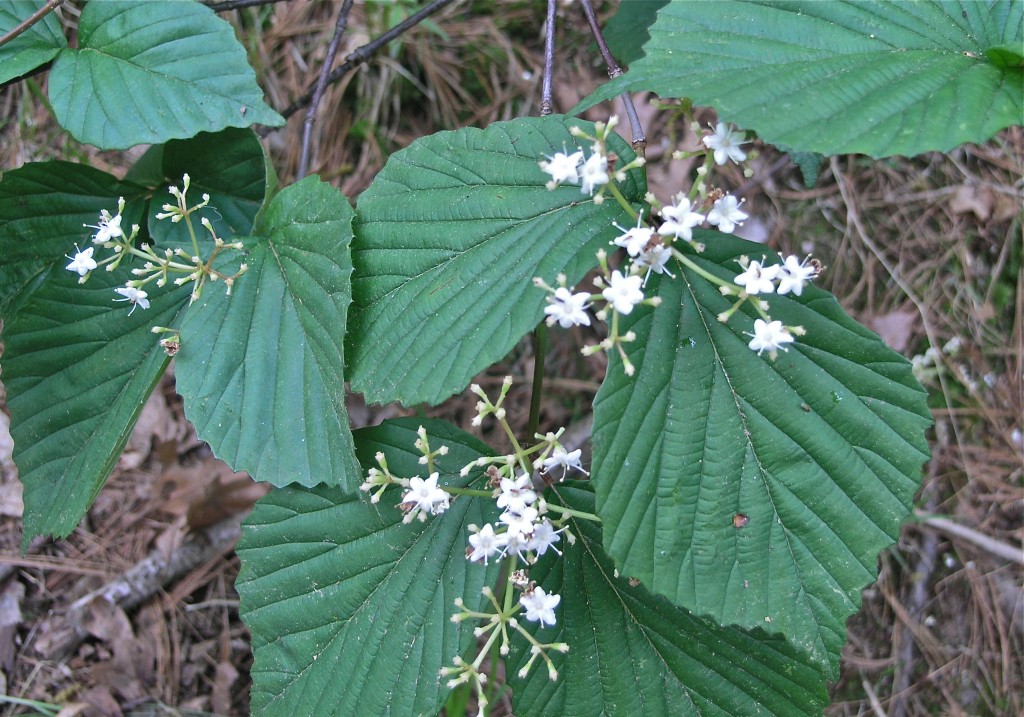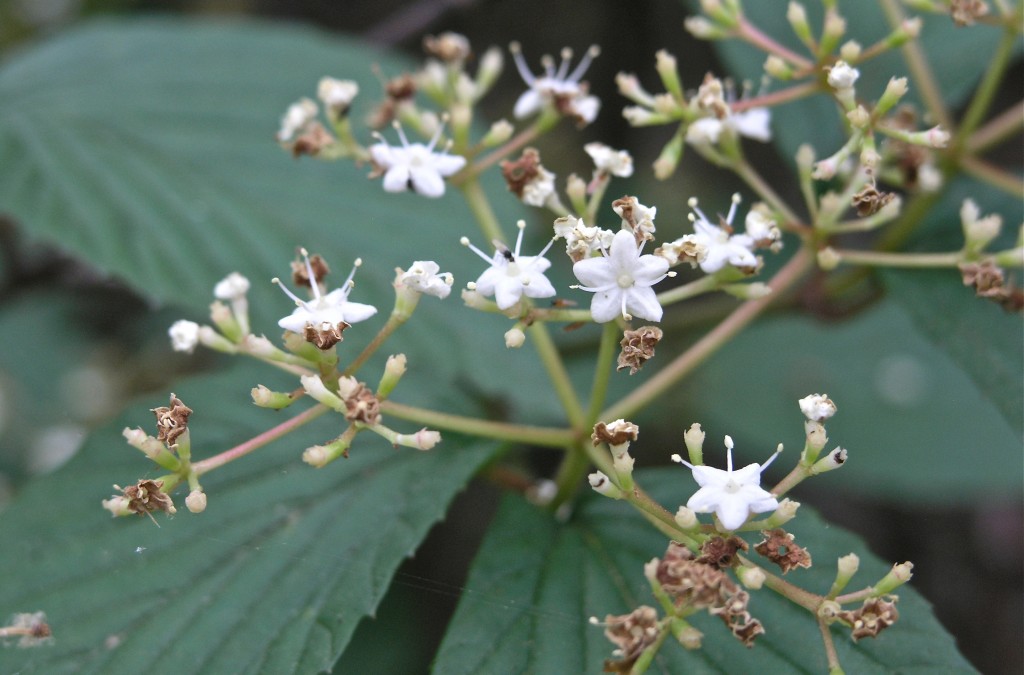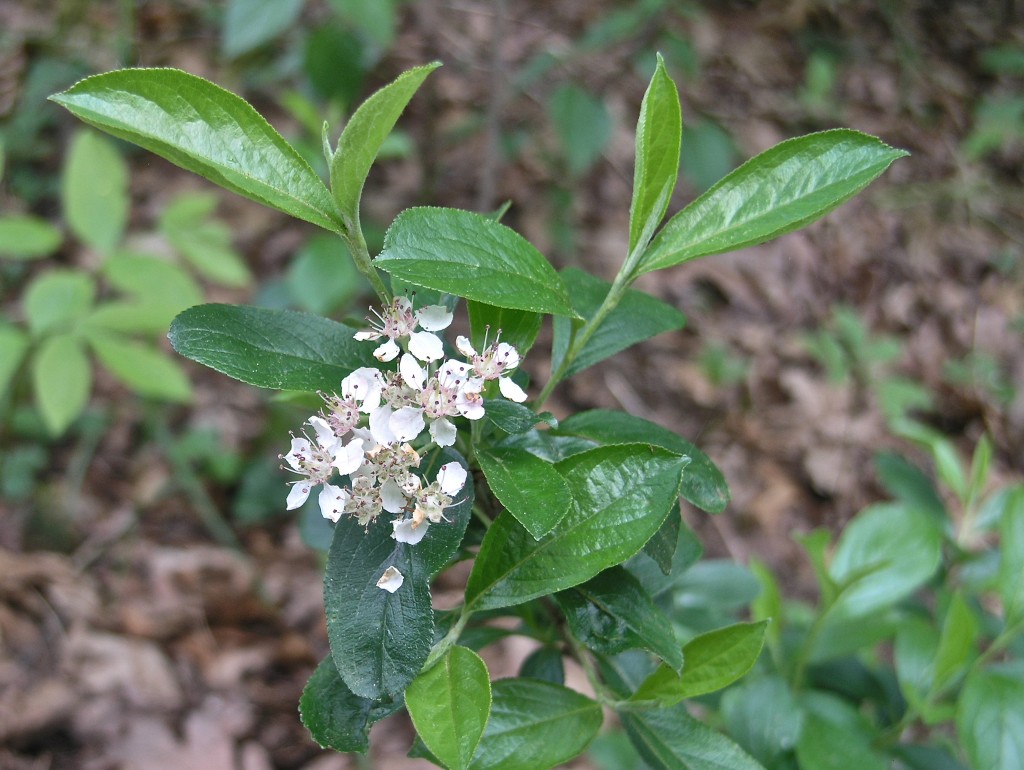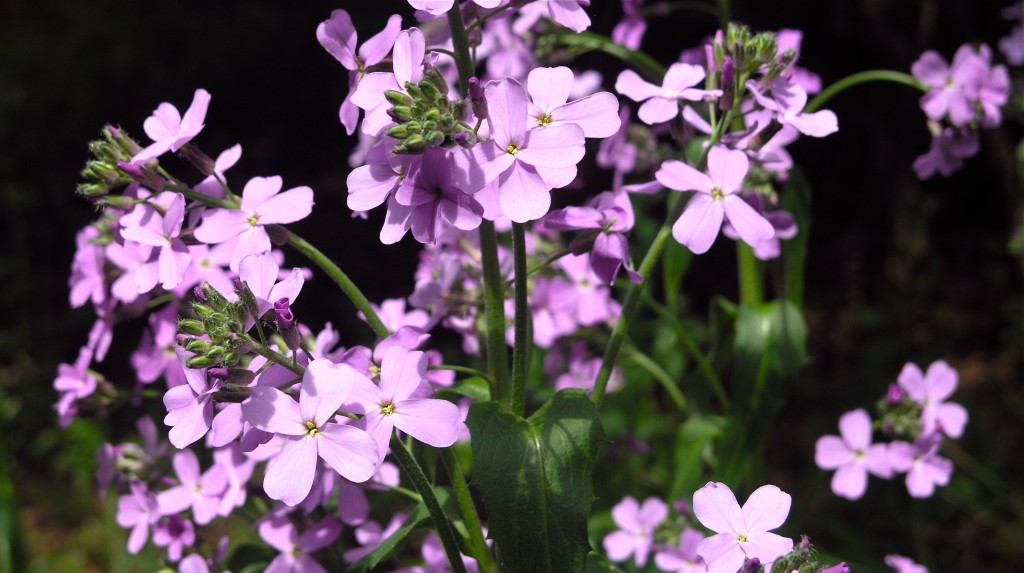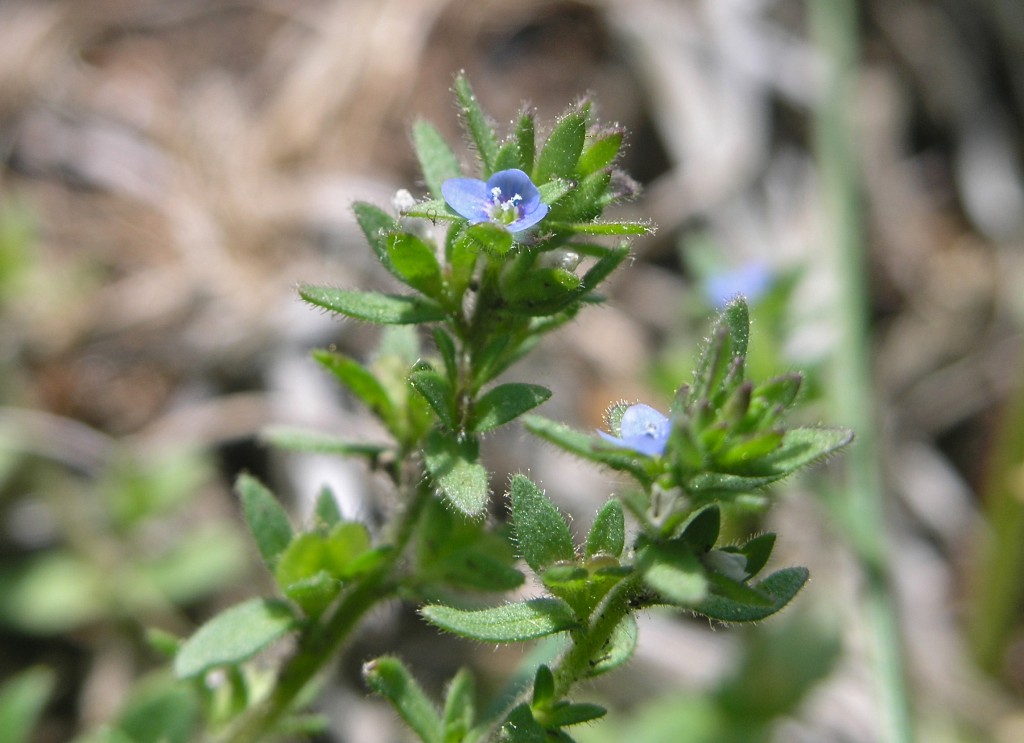Spring Avens (Geum vernum)
Author Archives: Axie
Arrowwood Viburnum
Lady-slipper
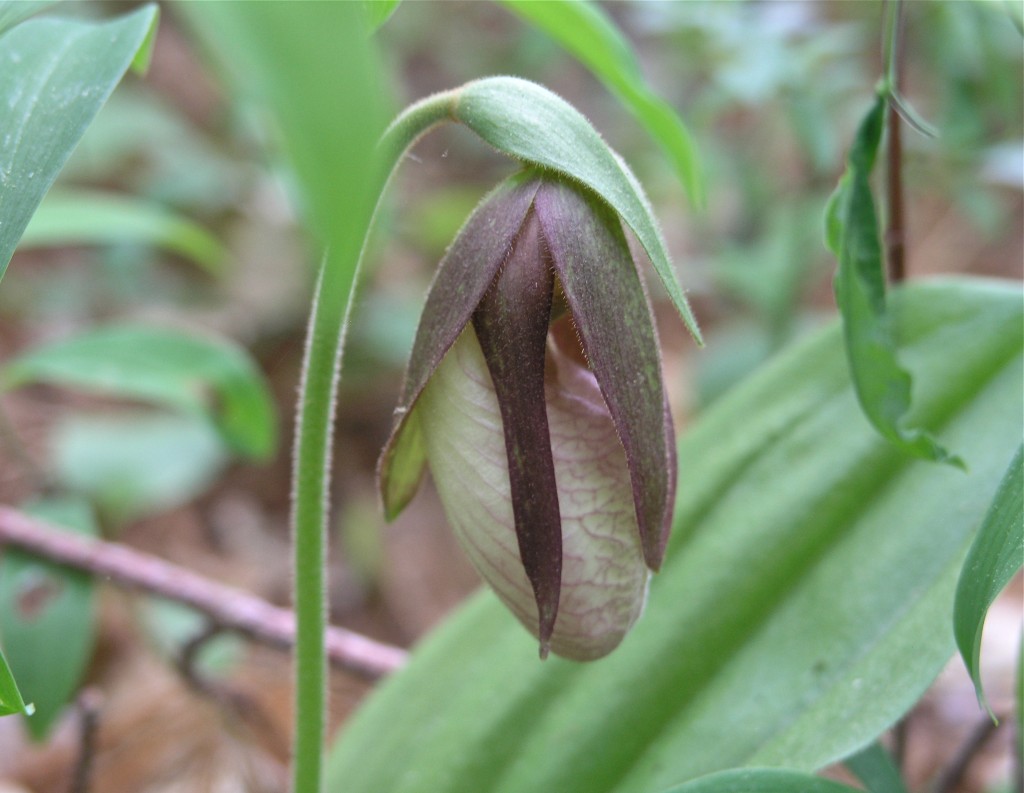
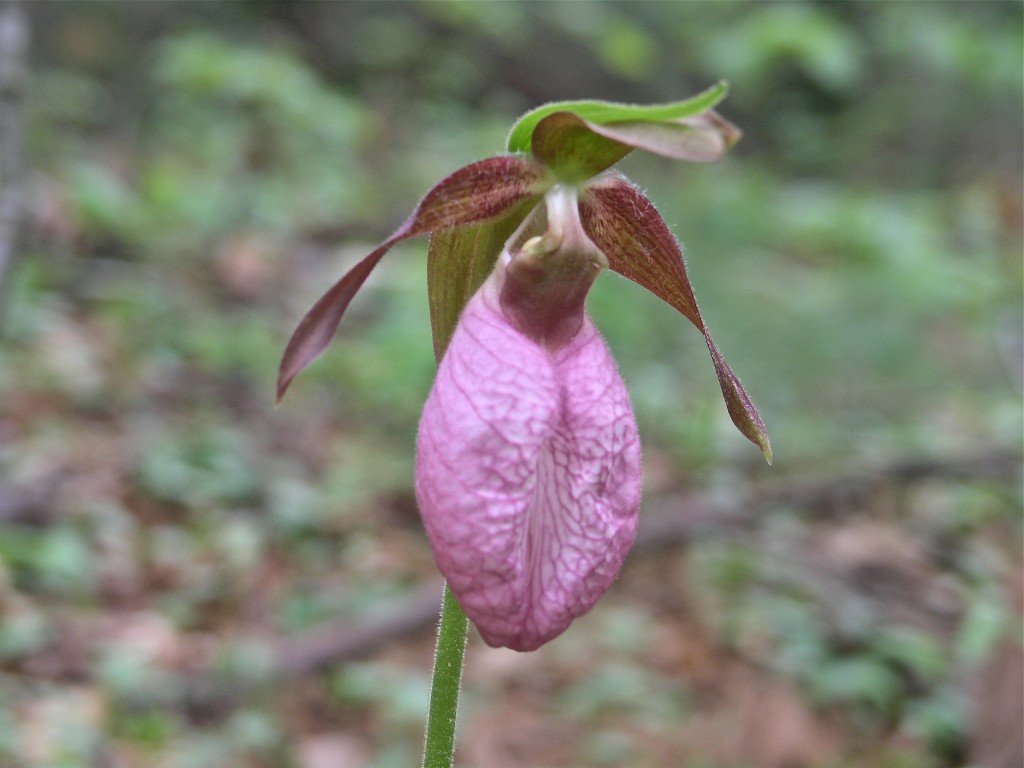 I thought I was finding white lady-slippers along with this pink one, but A.F. Donna thinks the white ones might just be pink ones that aren’t fully ripe. And I think she must be right. I suppose that white one will turn pink as it lifts its… hair out of its eyes… I love the purple sheen along the top. They can live to be over 20 years old. Orchid family.
I thought I was finding white lady-slippers along with this pink one, but A.F. Donna thinks the white ones might just be pink ones that aren’t fully ripe. And I think she must be right. I suppose that white one will turn pink as it lifts its… hair out of its eyes… I love the purple sheen along the top. They can live to be over 20 years old. Orchid family.
U.S. Forest Service: “In order to survive and reproduce, pink lady’s slipper interacts with a fungus in the soil from the Rhizoctonia genus. Generally, orchid seeds do not have food supplies inside them like most other kinds of seeds. Pink lady’s slipper seeds require threads of the fungus to break open the seed and attach them to it. The fungus will pass on food and nutrients to the pink lady’s slipper seed. When the lady’s slipper plant is older and producing most of its own nutrients, the fungus will extract nutrients from the orchid roots. This mutually beneficial relationship between the orchid and the fungus is known as “symbiosis” and is typical of almost all orchid species.”
Also: “Pink lady’s slippers also require bees for pollination. Bees are lured into the flower pouch through the front slit, attracted by the flower’s bright color and sweet scent. Once inside, the bees find no reward, and discover that they are trapped, with only one point of escape. Inside the pouch, there are hairs that lead to a pair of exit openings, one beneath each pollen mass. The bee must pass under the stigma, so if it bears any pollen from a visit to another flower, it will be deposited before picking up a fresh load on the way out.”
no wonder they’re rare.
Pink Lady-slipper, Moccasin flower (Cypripedium acaule Ait.)
Chokeberry
Not sure if this is Red or Purple Chokeberry. They are cultivated as ornamental plants! The name chokeberry refers to the astringency of the fruits which must be cooked — they’re used for wine, jam, syrup, tea, etc. (Birds do not mind the astringency and eat them freely.) Rose family. Native. (Thanks to Alert Flowerophile John for loaning me his Newcomb Guide, which helped me identify this plant.)
Chokeberry (Pyrus)
Dame’s Rocket
Common Fleabane
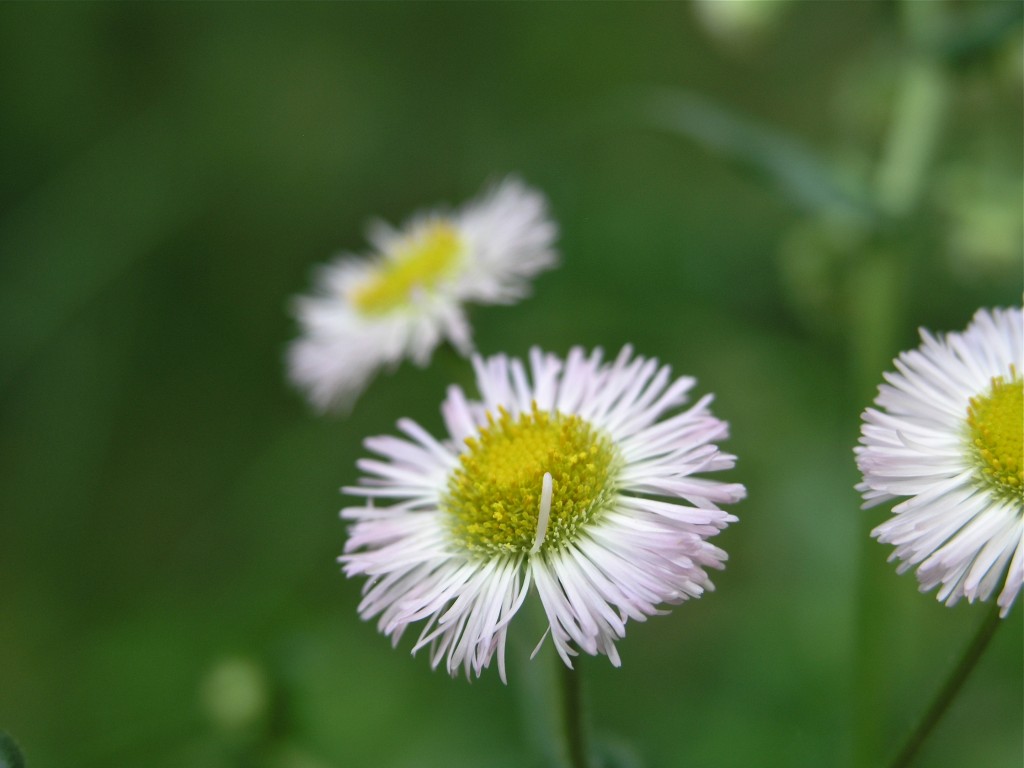 Alert Flowerophile Donna has mentioned how sometimes my photos look so much better than the weedy little plant we spot out in the field. It’s true, these are kind of glamour shots for weeds. For instance, I would ordinarily yank this right out of my yard… but it’s rather nice on a macro level… the flowers are about a half inch wide.
Alert Flowerophile Donna has mentioned how sometimes my photos look so much better than the weedy little plant we spot out in the field. It’s true, these are kind of glamour shots for weeds. For instance, I would ordinarily yank this right out of my yard… but it’s rather nice on a macro level… the flowers are about a half inch wide.
Common Fleabane (Erigeron philadelphicus)
Common Barberry
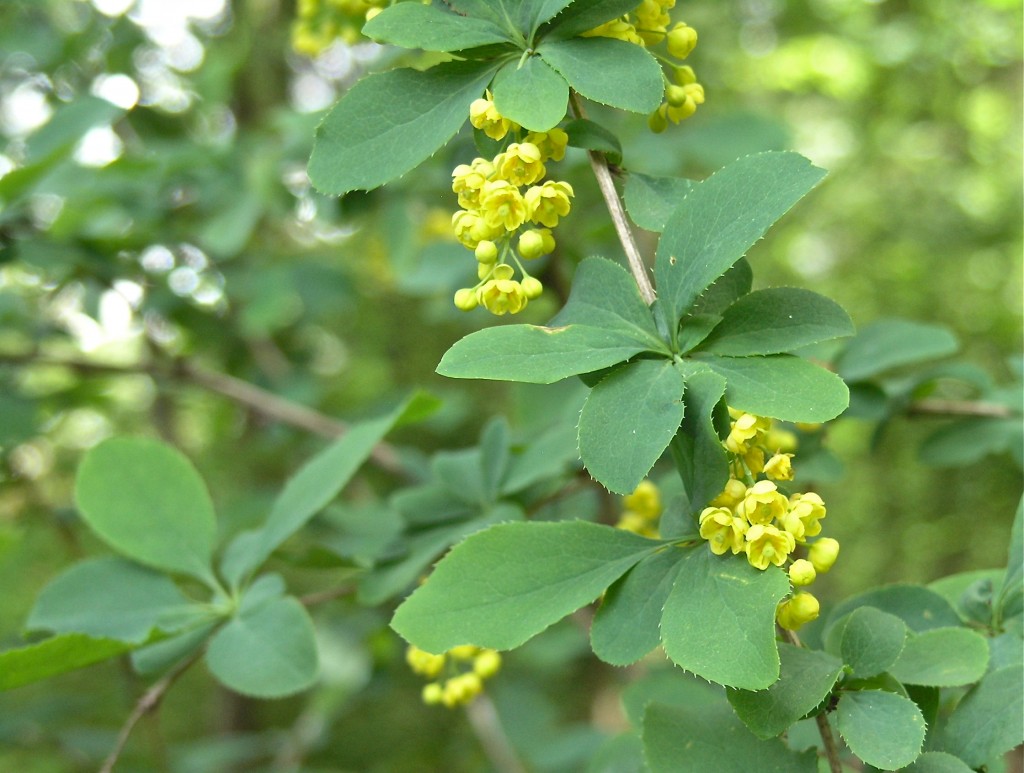 This is growing in the woods behind our house. Like so many things this spring, I’ve never noticed it blooming before, but it’s quite lovely. Barberry family. Origin: Europe. Compare to earlier post on Japanese Barberry — this one is evidently not a bad marauding invader. Just an invader.
This is growing in the woods behind our house. Like so many things this spring, I’ve never noticed it blooming before, but it’s quite lovely. Barberry family. Origin: Europe. Compare to earlier post on Japanese Barberry — this one is evidently not a bad marauding invader. Just an invader.
Common Barberry (Berberis vulgaris)
Confederate Violet
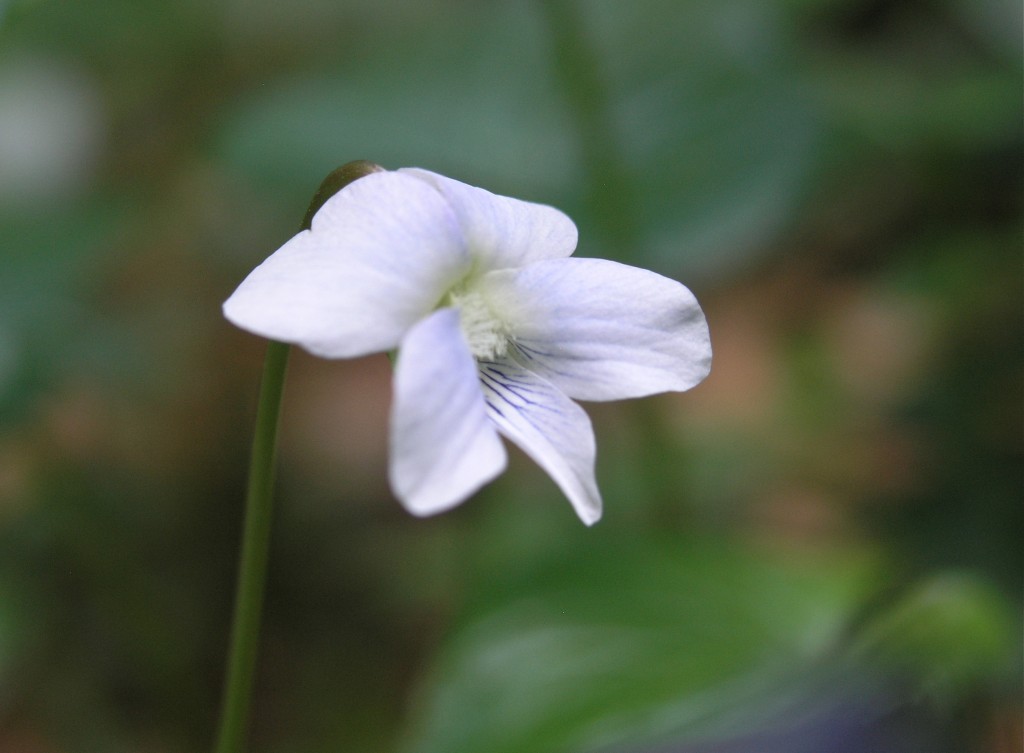 My understanding is that this is a color form of regular violets — the pale grayish lavender is supposed to resemble the color of Confederate uniforms. A gift from Dr. Whiteside. Native.
My understanding is that this is a color form of regular violets — the pale grayish lavender is supposed to resemble the color of Confederate uniforms. A gift from Dr. Whiteside. Native.
Confederate Violet (Viola sororia priceana)
Yellow Wood Sorrel
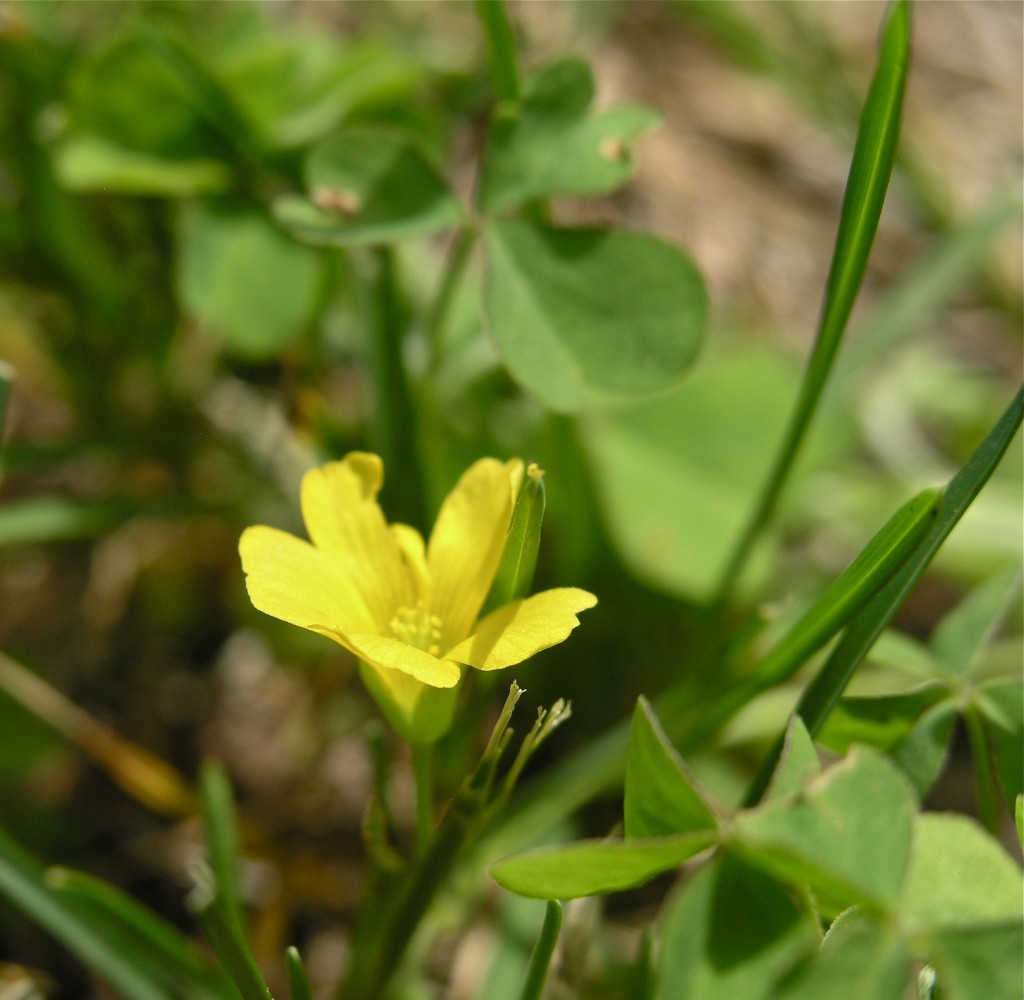 A pretty little edible plant with leaves like shamrocks. “All parts are edible, with a distinct tangy flavor.” The green pods have a tartness similar to rhubarb, and the leaves can be brewed to make a drink like lemonade. Contains vitamin C. Can be added to salads for color and flavor. Native to North America.
A pretty little edible plant with leaves like shamrocks. “All parts are edible, with a distinct tangy flavor.” The green pods have a tartness similar to rhubarb, and the leaves can be brewed to make a drink like lemonade. Contains vitamin C. Can be added to salads for color and flavor. Native to North America.
Yellow Wood Sorrel (Oxalis stricta)

